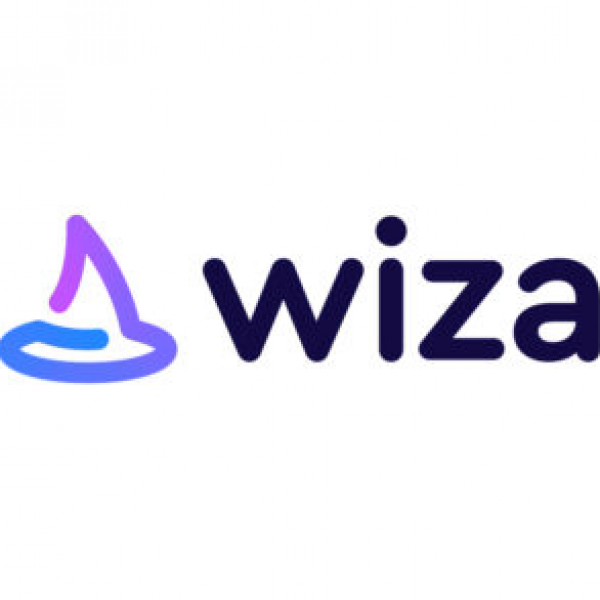Tips For Managing VAT
For many, if not all small business owners and operators, handling issues of taxes is akin to going to the dentists. It is something that we find boring or bothersome to do, but we fully understand that there are grave consequences of neglecting either. And managing VAT is on top the list of the tax issue that is complicated, time-intensive, and in some regards, boring.
Handling VAT is a necessary evil of having and running a business. While the complicated process is frustrating, with a decent understanding of the various aspects, including financial terms and compliance comes in handy.
VAT is a significant and important tax. It represents about 22% of the taxes the UK Treasury receives. And over the course of 2014/15, VAT contributed about £115 billion in revenue for the UK government.
For the most part, our VAT system has currently been shaped by the European Union VAT directives. As such, once we formally end our membership to this organisation, there are chances that we will alter the system. Nonetheless, it is highly unlikely that there will be massive changes to the system, at least in the short term.
Any small business that generates revenue can register for VAT. However, businesses generating a ‘taxable’ income of £83,000 or more per year are required to register for VAT. Once registered, businesses are required to submit returns on a quarterly basis to HMRC. Thereafter, they should pay the net difference between VAT recoverable on expenses and the VAT due on sales within 1 month and 7 days to HMRC.
With the above conditions in mind, small business owners whose business is VAT-registered need to know that they need all the invoices paid and raised to make an accurate VAT return and or validate any VAT reclaim. With regards to VAT invoices raised. They should have detailed information regarding the customer’s and business’ address and name, the tax point, the VAT number, details of the good being supplied, and the VAT and the net being charged. These details should be maintained as part of the VAT account. The document must be stored for at least six years.
That being said, you should note that there are alternative options that businesses may opt for depending on the type of work they engage in and their sizes. The alternatives reduce the amount of record keeping and make the process of managing VAT far more straightforward. If you want more information, check out this website.
Flat Rate Scheme
The Flat Rate Scheme (FRS) is one such alternative. It simplifies the entire VAT accounting process by making the VAT payable as a flat fixed percentage of the gross turnover. Aside from simplifying the process, it also benefits businesses by reducing the taxes they pay to HMRC. This alternative is only available to businesses with a turnover in excess of of£150,000 per year.
However, this alternative is most suitable for 1 or 2-person business enterprises that bill their customers and clients much higher proportions of VAT than the customers or clients pays for the goods or services. With the FRS, HMRC charges a reduced rate for and applies a further discount of 1% in the first year. The rates apply retrospectively to a business’ previous quarterly gross billings to customers and clients.
Other simplifications alternatives include the Annual Accounting Scheme (AAS) and the Cash Accounting Scheme (CAS) which are designed for larger SMEs with a turnover upwards of £1.35 million annually. The CAS enables SME businesses to defer the payment of tax liabilities, and only charging businesses for VAT owed after the invoice has been paid. You should also note that businesses do not need to notify the HMRC if they intend to use this option.
0


